How Will AML Treatment Evolve?
By Eric Winer, MD, Yasmin Abaza, MD, Naval Daver, MD - Last Updated: July 30, 2024In the final portion of this roundtable discussion at the 2024 American Society of Clinical Oncology Annual Meeting, Eric Winer, MD, of the Dana-Farber Cancer Institute; Naval Daver, MD, of the University of Texas MD Anderson Cancer Center; and Yasmin Abaza, MD, of Northwestern University, discuss what acute myeloid leukemia (AML) treatment will look like in the future.
Find more of this roundtable discussion here.
—
Dr. Winer: What would you like to see be the next breakthrough in AML in terms of not just what you think is going to be the next breakthrough, but where do you think we need to go as an entire field in order to have the field move forward so that we can get more cures and more long-term survival?
It’s a convoluted question, I’m sorry. I’m asking it in a terrible way.
Dr. Abaza: No, it’s not.
Dr. Winer: But it’s not just a combination of what molecule you like or what… It’s more, where do you see the field going or where does the field need to go for us to continue to be successful?
Dr. Abaza: I think it’s important that, as Dr. Daver said initially, I think it’s important that we need to do like a multi-agent approach or use drugs with different mechanisms of action because the first response is the longest and best response, and I think we need to determine we need to, in a sense, throw the kitchen sink at, like they do in other diseases like myeloma, for instance, where they hit the patient with all the drugs upfront, and who we don’t need to do that.
I think that’ll be important to come up with which subsets we need to do and then we need to come up with how to do that. Should we use a combination of chemotherapy or hypomethylating agent plus venetoclax (HMA-VEN), plus targeted therapies? And as Dr. Daver mentioned, hopefully we’ll have immunotherapy to do MRD medication strategy, which we do for blinatumomab, and then do transplant and then do maintenance.
So I think it has to be sequencing of multiple drugs back-to-back to ensure MRD-negativity, transplant, and just do something afterwards. Then AML therapy would be similar to acute lymphoblastic leukemia (ALL) therapy where it’s two, three years, rather than we do like four, six months transplant, and that’s it—outcomes are not that bad, but they’re not where they’re supposed to be. I think we need to become a little bit more aggressive in that approach in patients who are fit for that and from a molecular standpoint disease characteristics that they would benefit from that.
Dr. Winer: Dr. Daver, what are your thoughts?
Dr. Daver: Yeah, I have a lot of very similar thoughts. Just to kind of say it in a very summary way, I think there are two big goals for us in the next five to seven years. The first is, “can we avoid intensive chemotherapy in those who don’t benefit from it?”
I would like to not have to give it and move very much like you said to ALL or myeloma strategies with antibody-based, molecular-based therapies with less chemo. Of course, those who need it and benefit from it, NPM1, core binding factor subtypes, that’s fine.
And I think we have the tools to get there. If we can optimally use molecular MRD, optimize the dosing, select the right patients, I think some of these combinations can give us that direction, that some of these people, you don’t need intensive chemo, even if they’re 60, maybe even 55, you’re going to start looking at some of these triplets, HMA-VEN and FLT3 inhibitor, HMA-VEN and menin inhibitor in younger patients. So I think those will come.
And the second is, “can we avoid transplant in those who absolutely don’t need it?” I think the future paradigm is, and it’s not surprising, it’s going to be something like ALL or myeloma where you have up-front your best-targeted or immune agents with maybe a little bit of chemotherapy, or maybe no chemotherapy, and then you need a cellular therapy to get rid of that MRD, short of the full transplant.
So I think that’s kind of the hope. We don’t have that cellular therapy yet, but I think whenever that comes as a very effective MRD drug, they have blinatumomab or they have those bispecifics or chimeric antigen receptor T-cell therapies (CAR-Ts) in myeloma, et cetera, I think then the field will move. But I think we can definitely start reducing our need on intensive chemo and transplant already as we get more and more data in the next few years.
Dr. Winer: Okay. And I kind of, to take your phrases and summarize them in a different way, I think it’s the concept of moving towards that catch-all field of personalized medicine. As of eight years ago, we really didn’t have any targeted therapies and now we have, I would guess, somewhere around eight, if I had to guess. We could go through and see who’s going to run out. And I think that as we are able to identify more of these mutations, and we all run mutational panels that are 96 mutations or whatever it may be, I think being able to identify these mutations gives us the opportunity to look for more targets.
I don’t know if we’re ever going to be able to be like CML, where we give somebody a tyrosine kinase inhibitor and they’re on it for years and then that’s going to be it. I agree. I think it’s going to be some type of a multimodality therapy. But if we can personalize this based on molecular mutations, based on what markers they have on the surface so we can give them the right antibody-type therapy, I agree with you wholeheartedly. The CD123s are still out there, but the CD33s antibodies haven’t been great. So the question is, will these natural killer cell therapies be something that provides more of a benefit?
If we can get that initial response through a targeted nontoxic therapy and then come through with an MRD eraser? Yeah, I think we’re then going to be not just approaching ALL or myeloma, but we’re actually going to be surpassing it. Because when you look at ALL and myeloma, they’re really not targeting mutations. They’re targeting sort of global events and maybe a monoclonal targets a particular surface molecule, but they’re not targeting the actual gene mutations. And I think that’s really the big difference that we’re able to do in AML and that we hopefully will be able to continue to do over these next decades that we’re all doing this.
Dr. Daver: Yeah, I think Dr. Abaza brought up, and you brought up a very good point. I think we may actually, in a way, be even better eventually than what can happen in myeloma, because I think very early on we’re having this discussion about who needs everything, the high risk, and who may not need everything. And you can just start with a doublet, maintain it, save it.
So I think instead of us getting into three-, four-drug regimens across the board, it’s going to be a very molecular, prognostic, tailored intensification or de-intensification. And I think that’s a good advantage because we have this molecular stratification that is still not available routinely in myeloma and ALL.
Dr. Winer: Well, I just want to thank the two of you for your time. I mean, it’s been a great discussion. It’s always fun to have a discussion with you all about where the field is going and how we’re going to make that happen. So I want to just thank Dr. Daver and Dr. Abaza for your time and for your wisdom in providing all of this information.
Dr. Abaza: Thank you very much for having us.
Dr. Winer: Thank you.
Dr. Daver: Yeah, thank you.

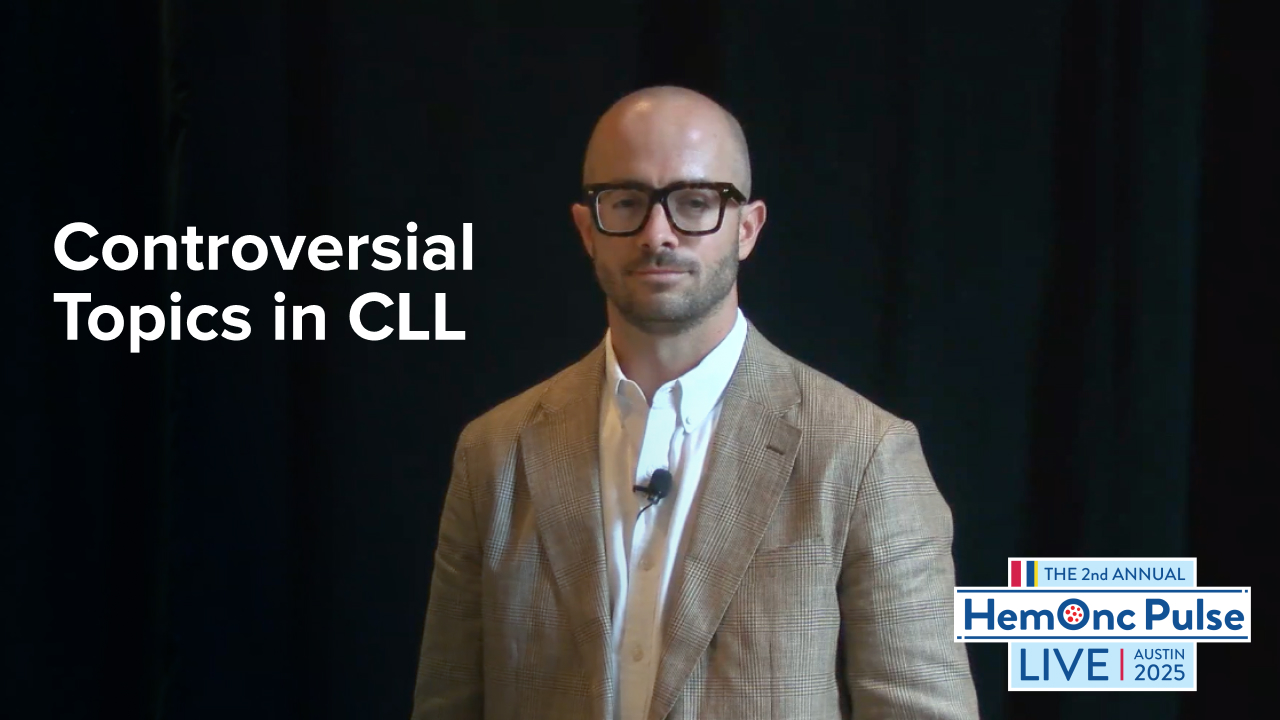
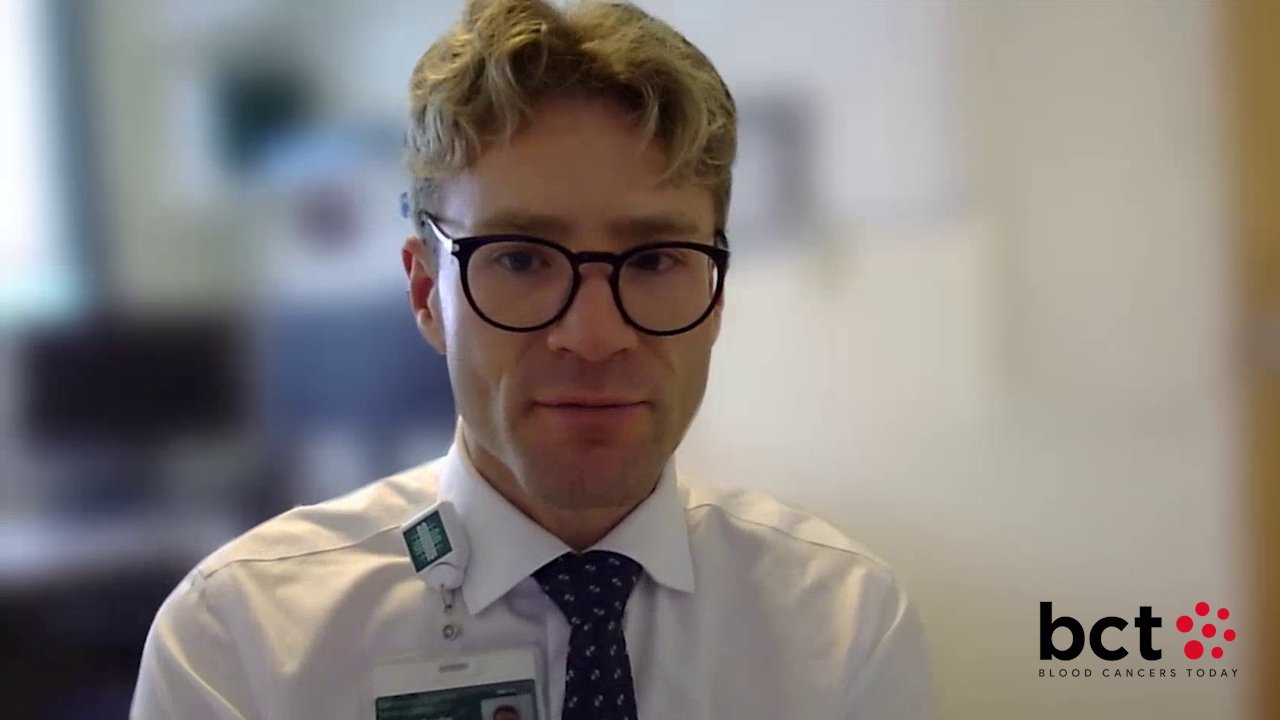
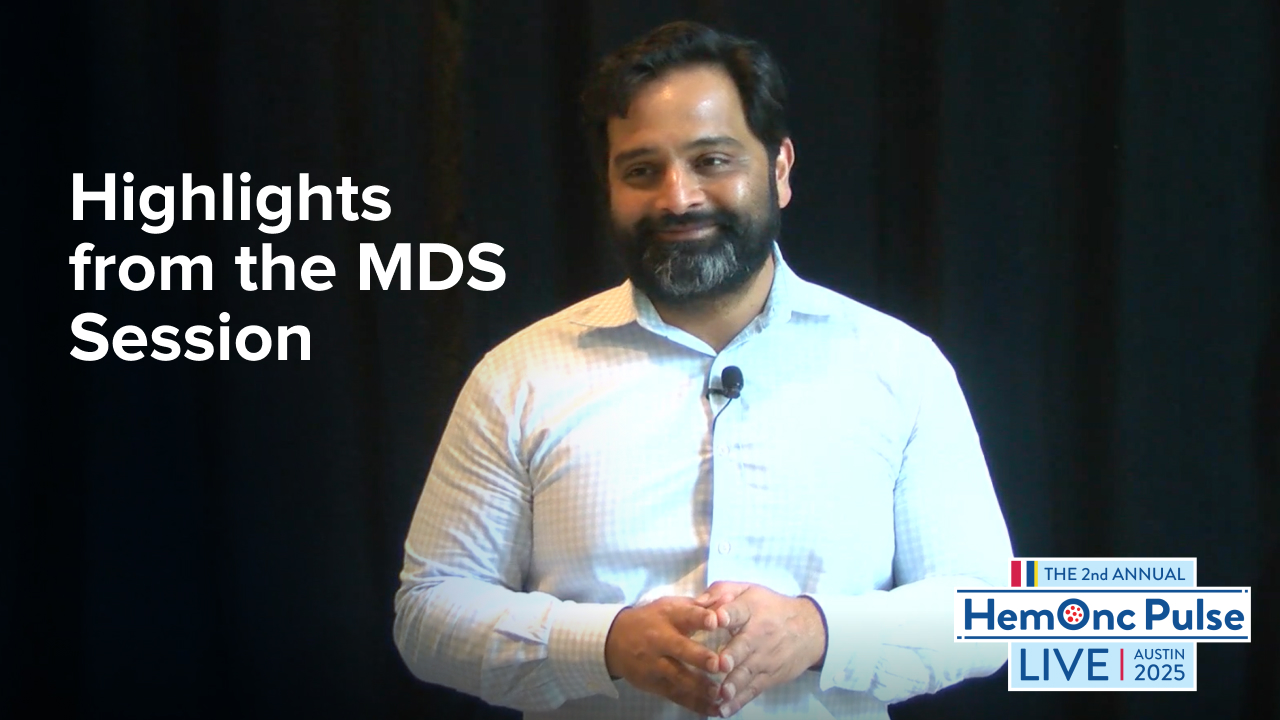
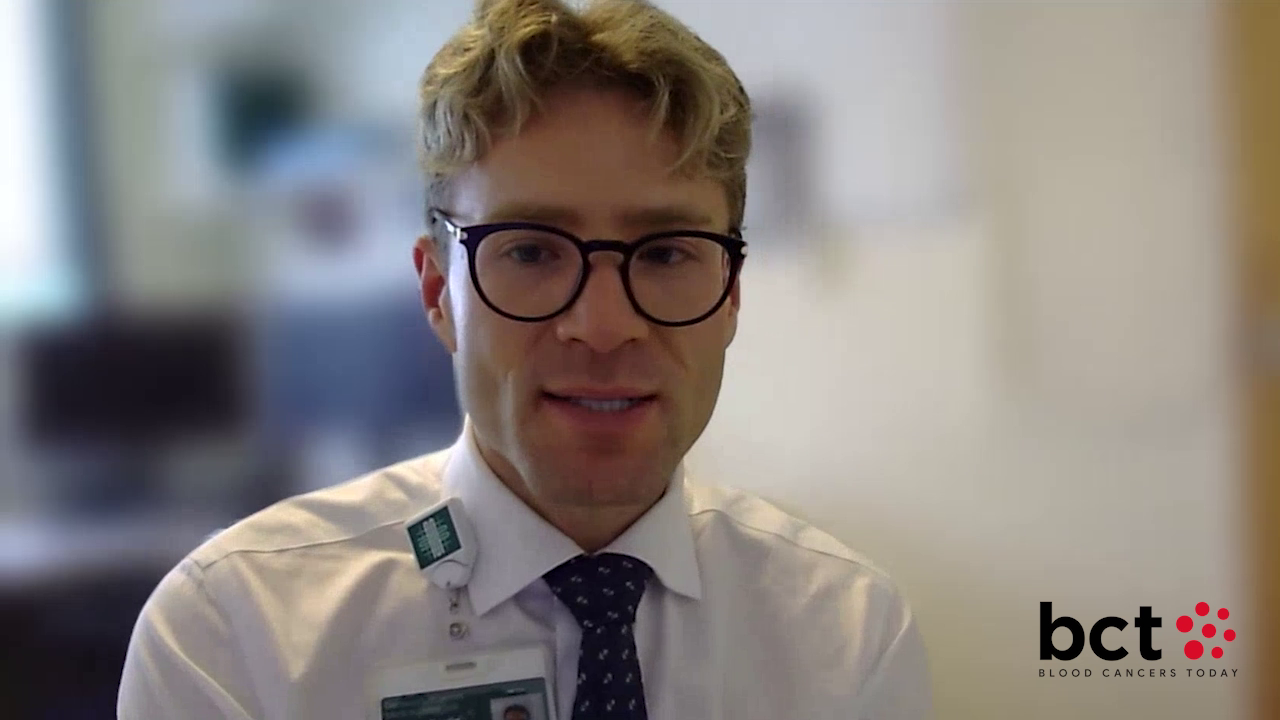
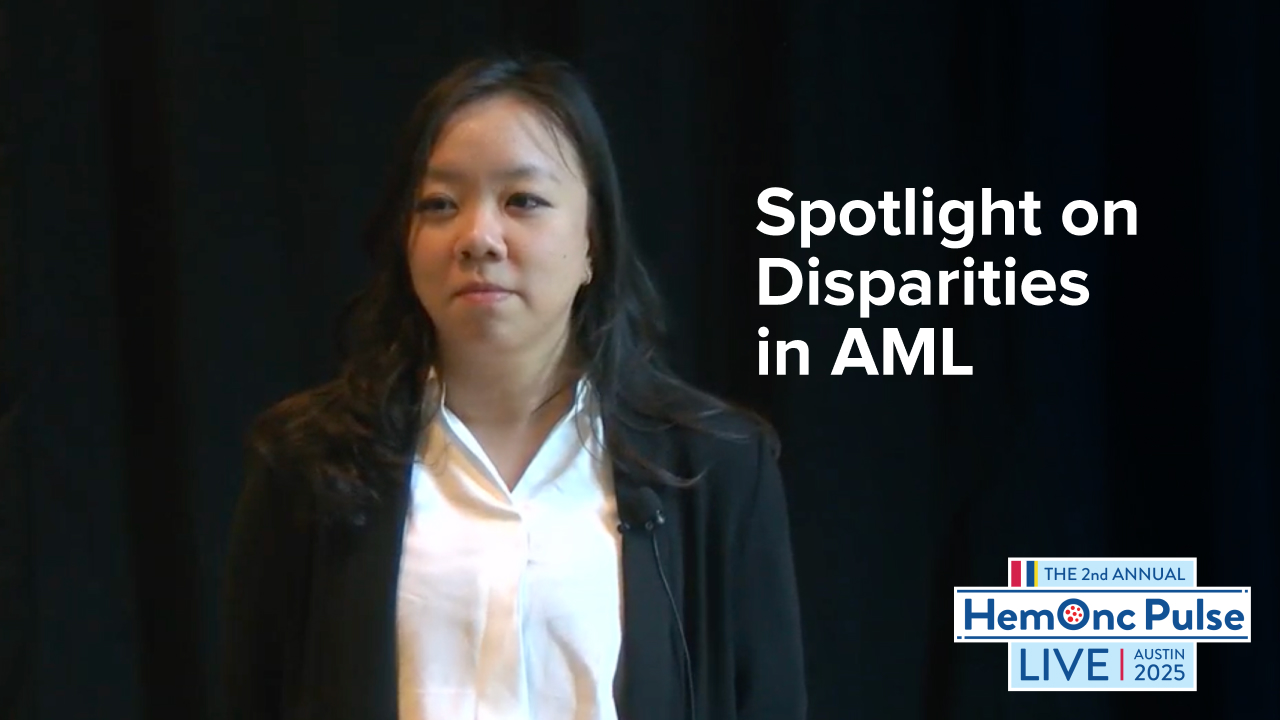
 © 2025 Mashup Media, LLC, a Formedics Property. All Rights Reserved.
© 2025 Mashup Media, LLC, a Formedics Property. All Rights Reserved.